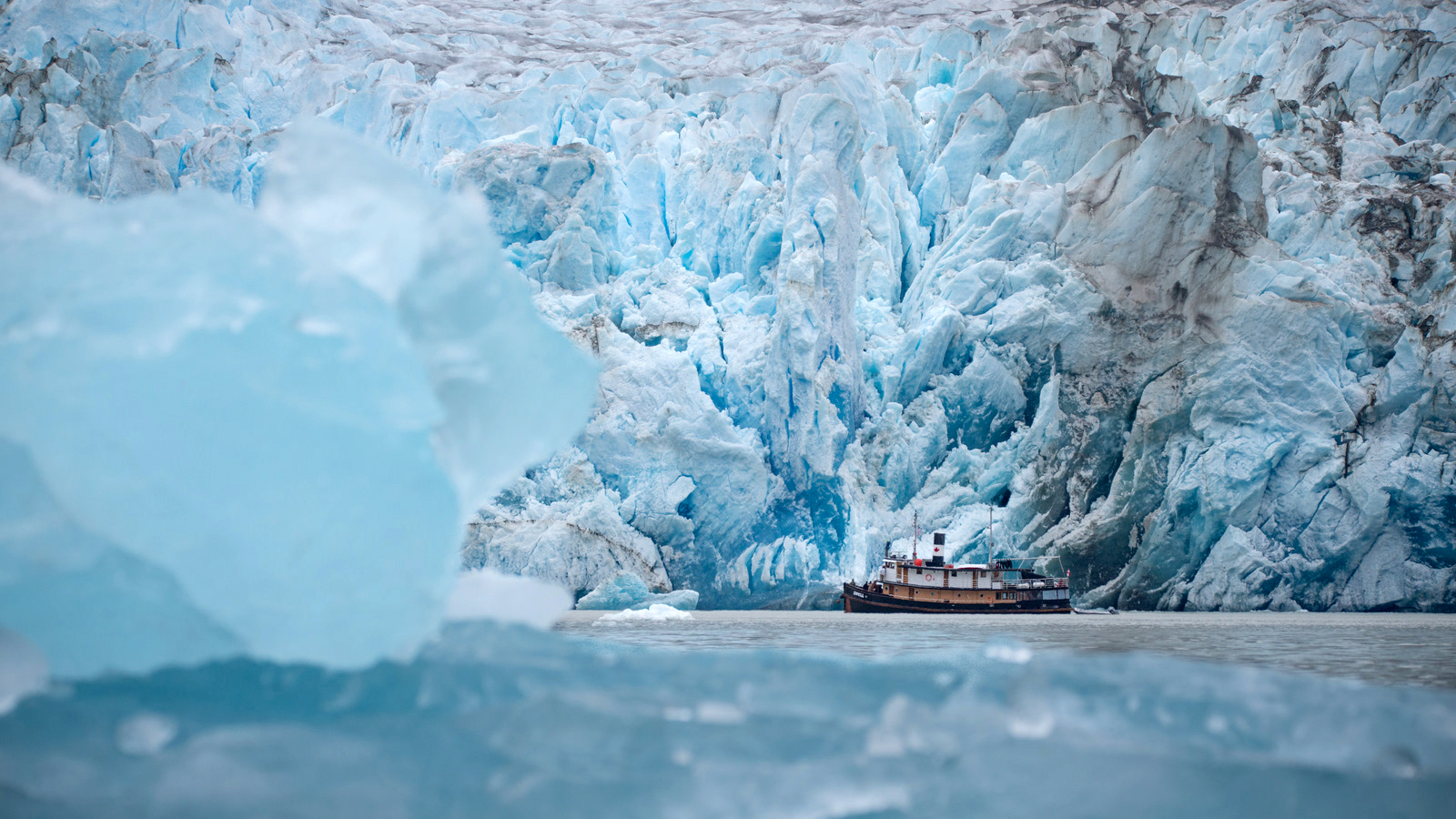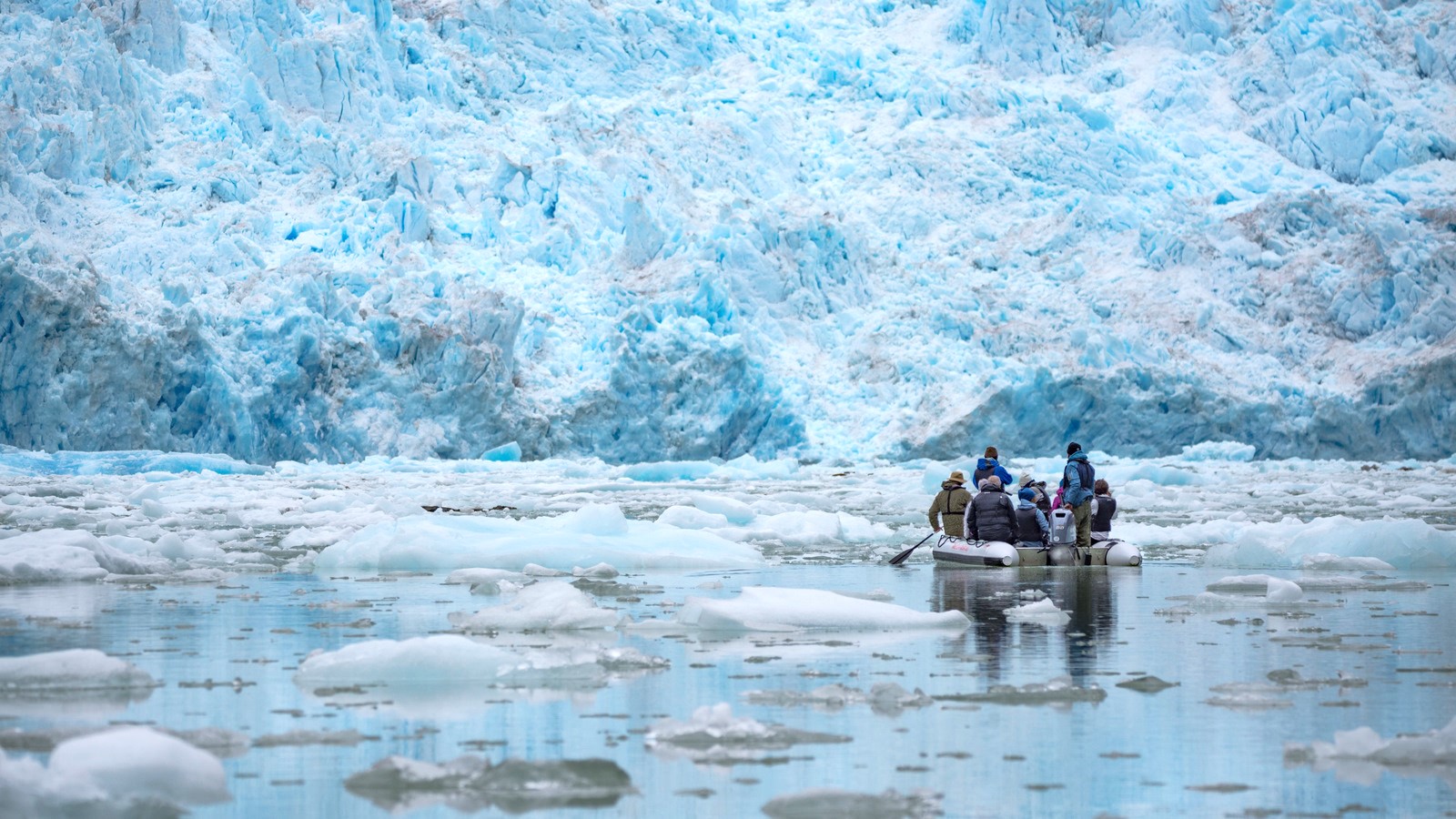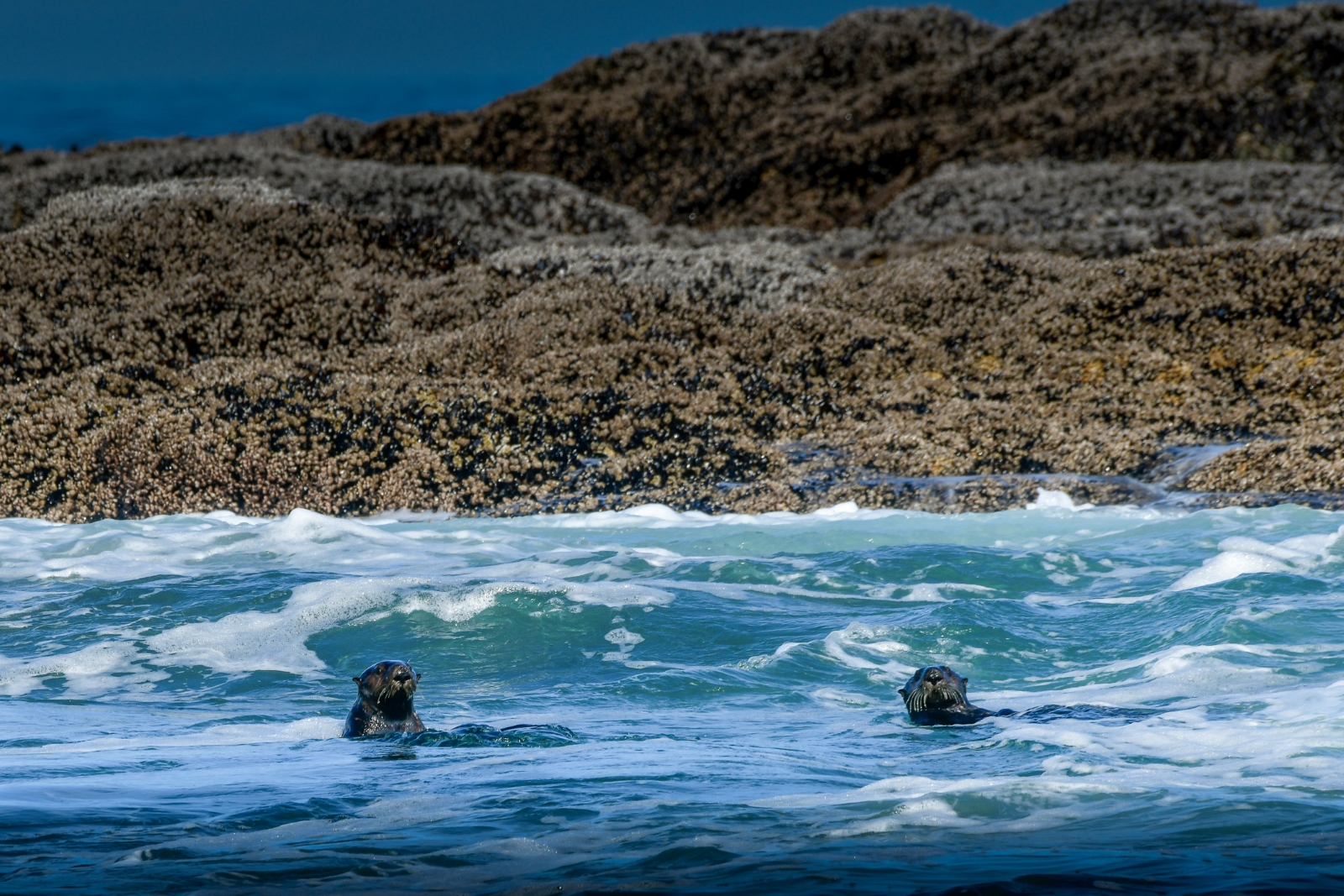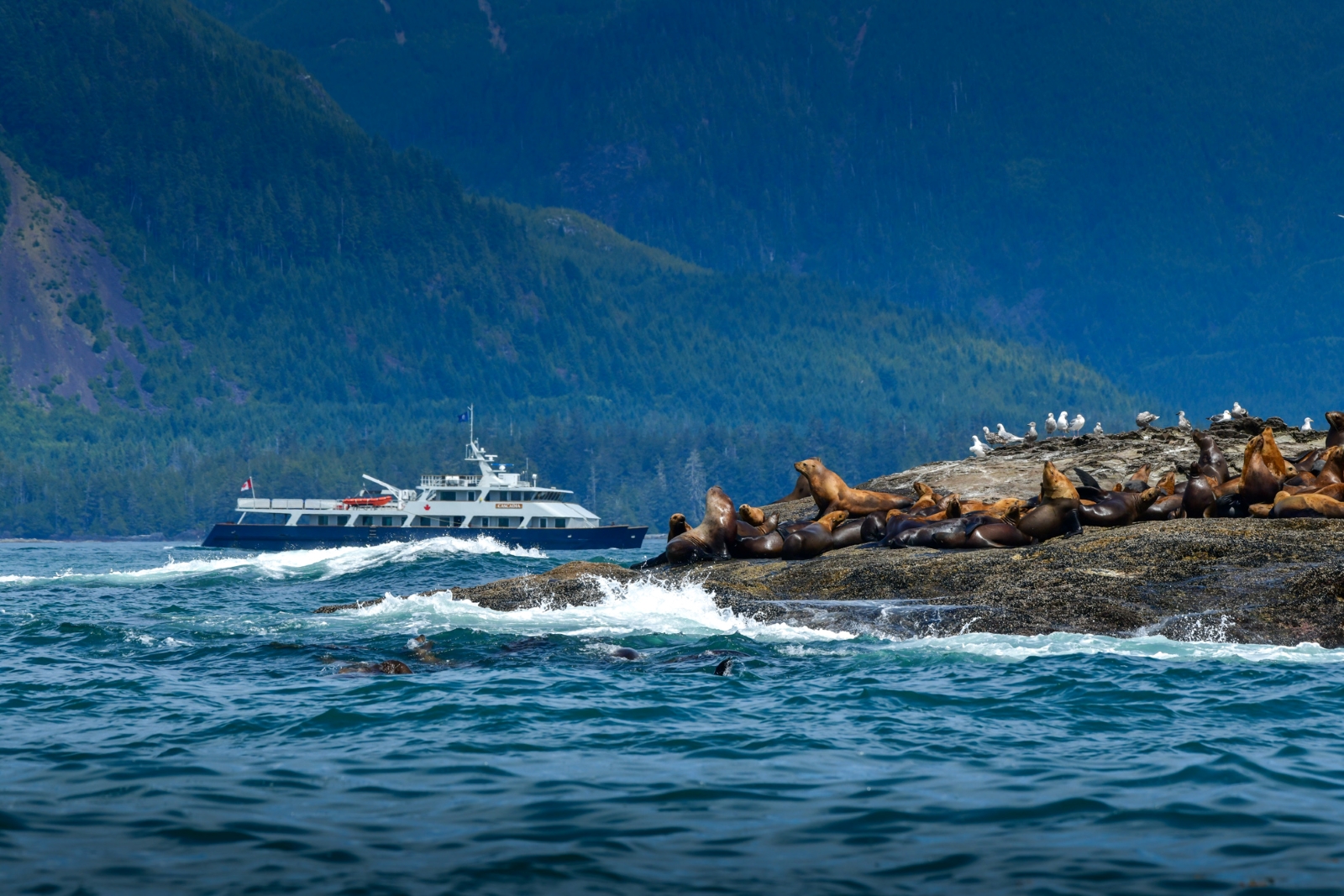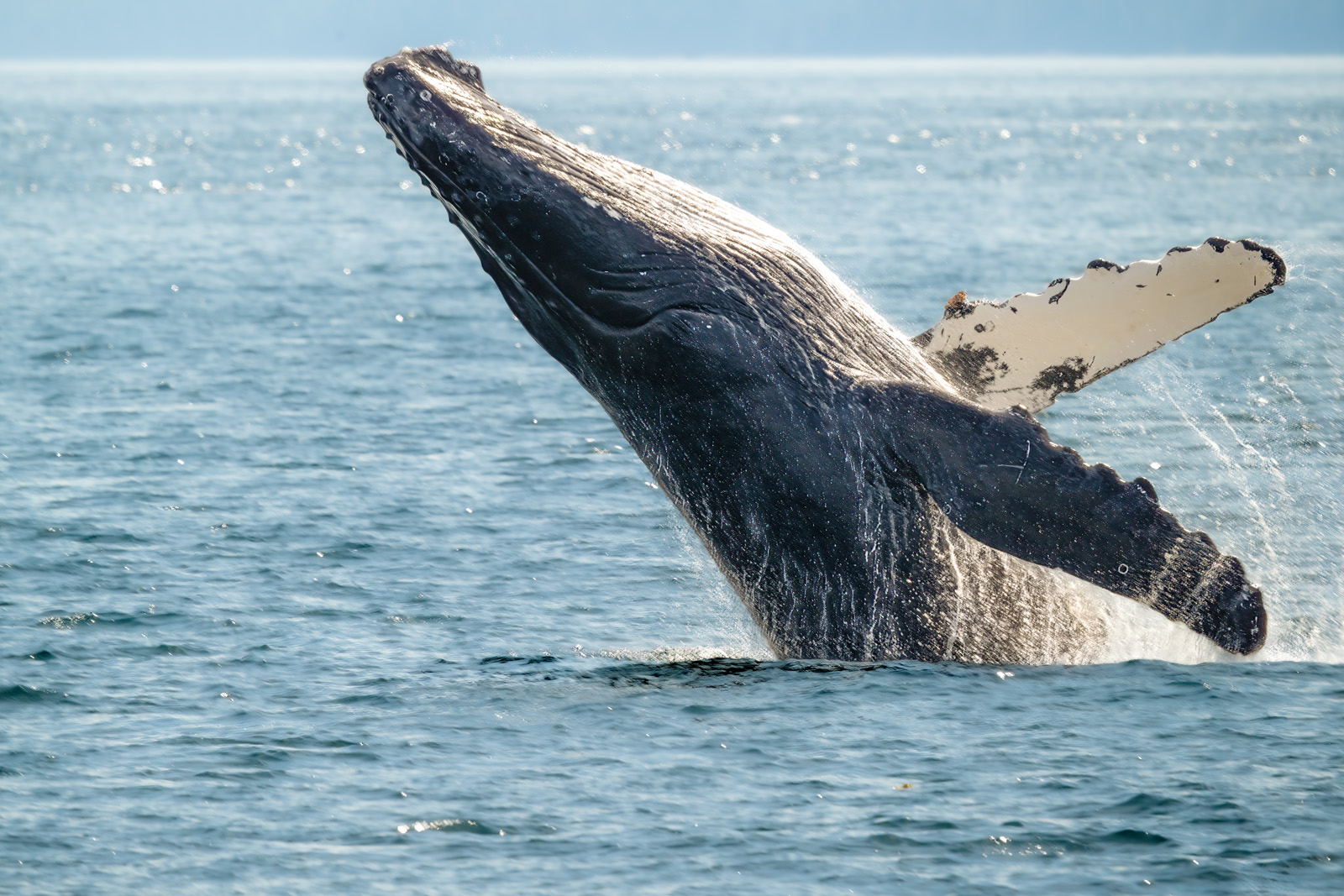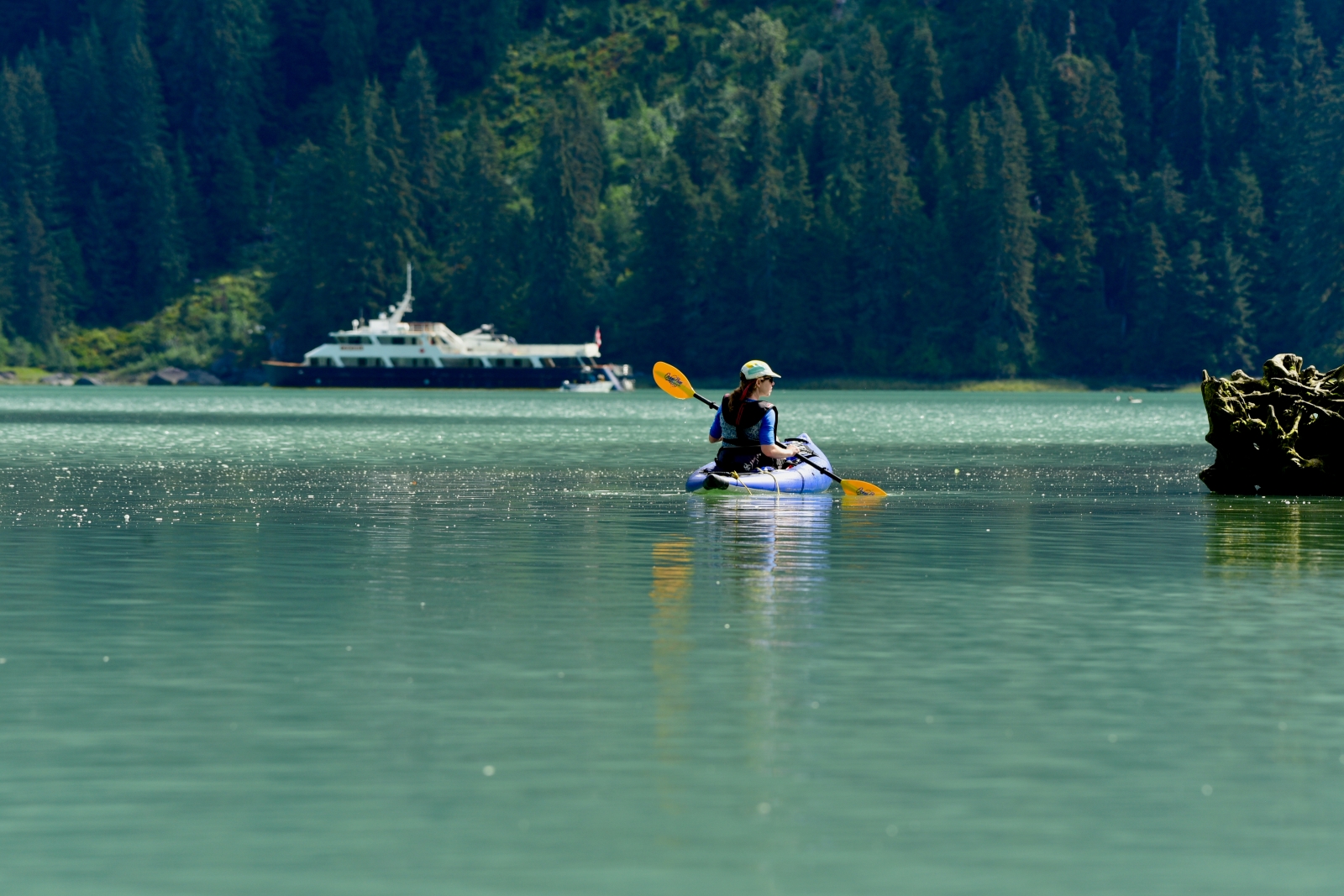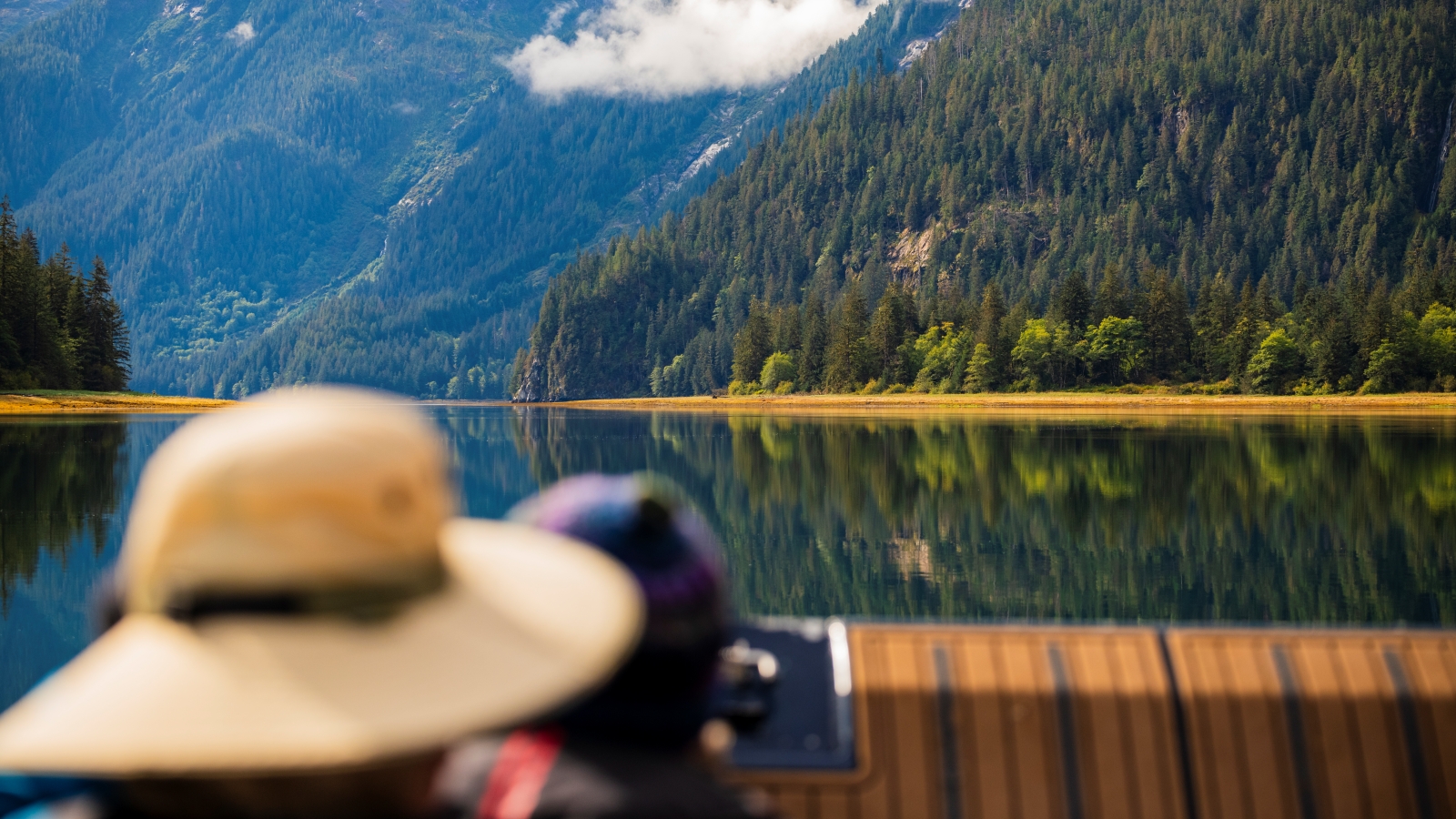Inspired by Antarctica or the Arctic? Where to Travel Next for Adventure and Wildlife
So you’ve stood among penguins and polar bears, watched glaciers calve into icy bays, and felt that exhilarating sense of being at the edge of the world. After the extremes of the Arctic or Antarctic, it’s natural to wonder: where do you go from here?
If the pull north or south was about wild nature, small ships, and a deep sense of scale, you’ll find that same spirit alive in the Pacific Northwest. Here are a few journeys, far from towns and cities, that speak the same language of wonder.
For Magnificent Megafauna
The Great Bear Rainforest or Alaska’s Inside Passage

Photo: Coastline Films
Black, grizzly, and the rare white spirit bear forage along salmon-rich estuaries in the Great Bear Rainforest, a reminder that giants rule the temperate rainforests just as they do in polar regions.
If the sight of humpback whales lunge-feeding through Antarctic krill clouds left you speechless, imagine watching those same whales bubble-net feed in the glassy fjords of the Great Bear Rainforest. Or trade the polar bear’s icy domain for the temperate rainforests of coastal British Columbia, where grizzlies and the rare white spirit bear (considered to be the rarest bear in the world) prowl salmon-rich estuaries.
Further north in Alaska, the drama continues. Brown bears fish beneath thundering waterfalls, Steller sea lions jostle for space on rocky haul-outs, and bald eagles perch on ancient spruce trees—the northern counterpart to Antarctica’s elephant seals, penguins, and soaring skuas. These are ecosystems where giants rule—best explored by small ship, in the company of naturalists who can read the tides, tracks, and behaviors written into every shore.
-
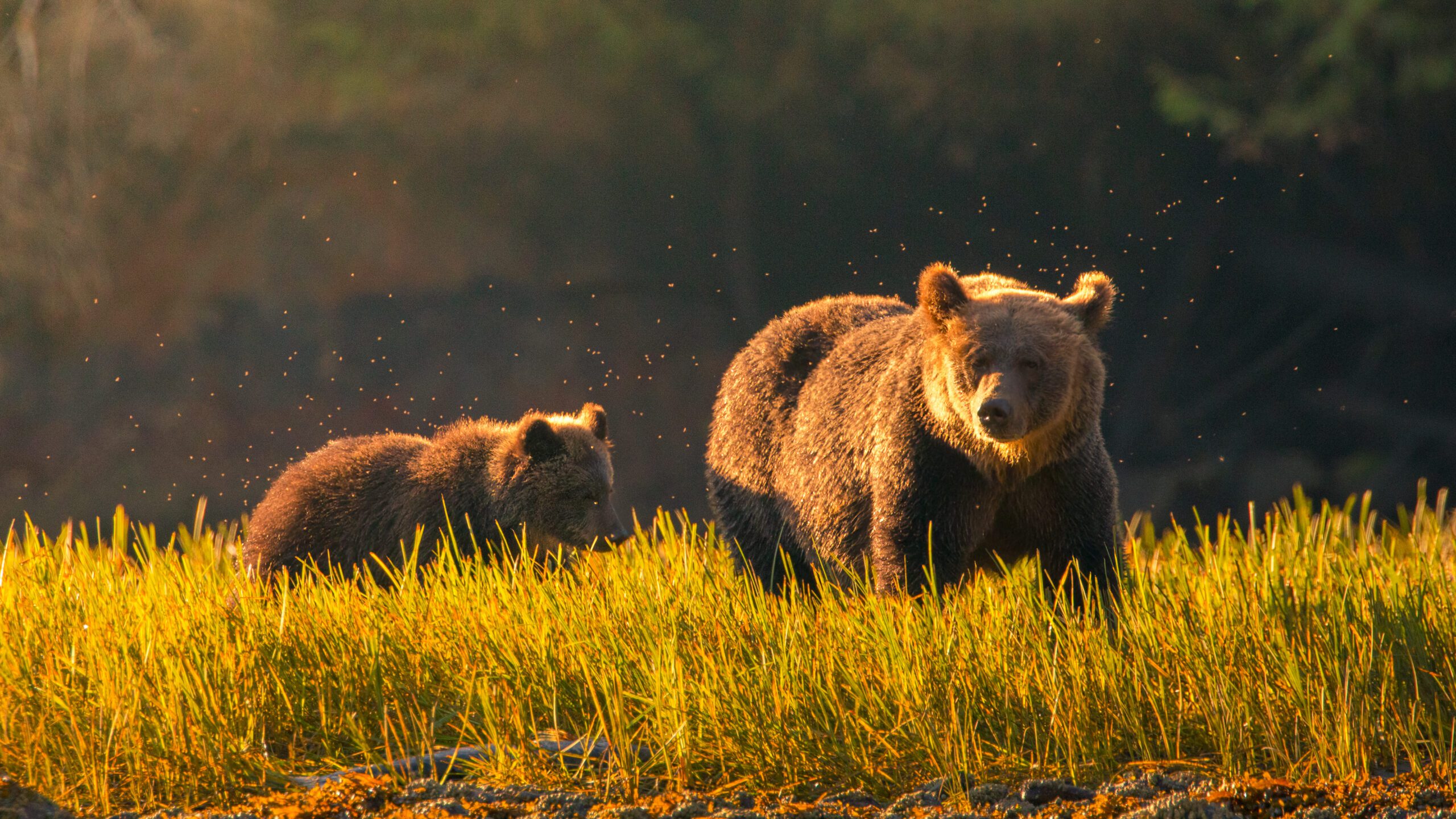
Great Bear Rainforest
View ItineraryFollow magnificent runs of wild salmon to the home of black, grizzly, and the elusive white-furred spirit bear.
-
For Places to Feel Small
Desolation Sound or the Kitlope
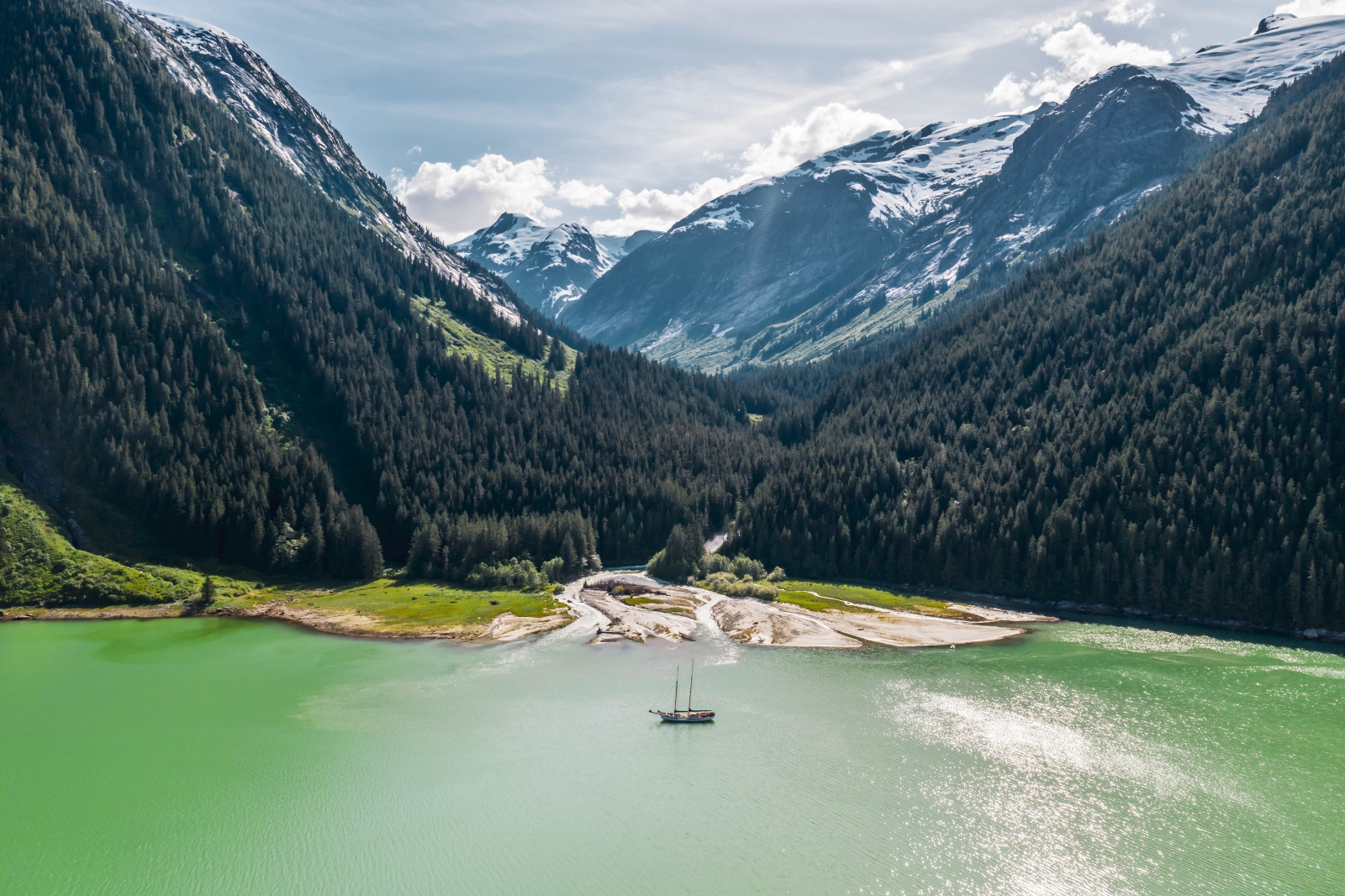
Photo: Alex Harris
There’s few places on earth like the Kitlope, where forested mountains meet estuary mouths in breathtaking scale.
Antarctica’s frozen cliffs and cathedral-like icebergs set a high bar—but the Pacific Northwest offers its own kind of scale. In British Columbia’s Desolation Sound, glacier-carved mountains plunge into turquoise inlets, waterfalls spill from cedar-draped heights, and the air hums with life rather than silence.
Further north, the Kitlope—the largest intact temperate rainforest on Earth—feels infinite in a different way. Here, vast valleys of mist and moss stretch toward glacier-fed rivers, their stillness stirring a similar sense of wonder you feel amid the ice.
And if you’re not ready to part ways with glaciers just yet, Alaska’s tidewater giants—like South Sawyer and Dawes Glacier—deliver a thunderous spectacle as they calve into iceberg rich channels.
-

Great Bear Rainforest and Kitlope
View ItineraryBird migrations, newly awakened grizzly and black bears grazing on green sedges—experience it all on a small ship adventure.
-
-
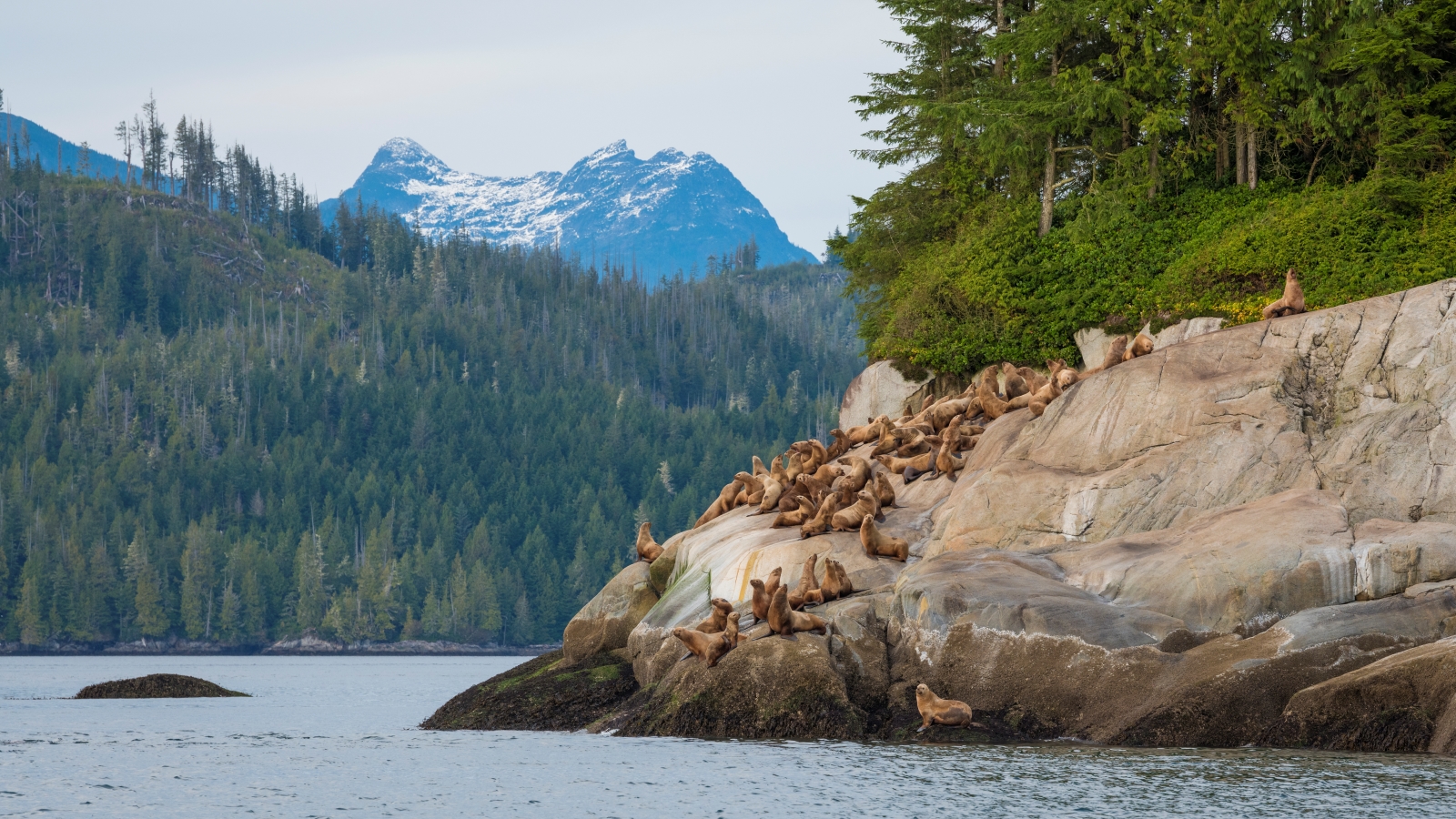
Desolation Sound and Fjords of BC
View ItineraryThis journey among the islands and fjords of the storied British Columbia coast includes Desolation Sound and the Broughton Archipelago, as well as neighbouring inlets.
For Indigenous Culture
Haida Gwaii
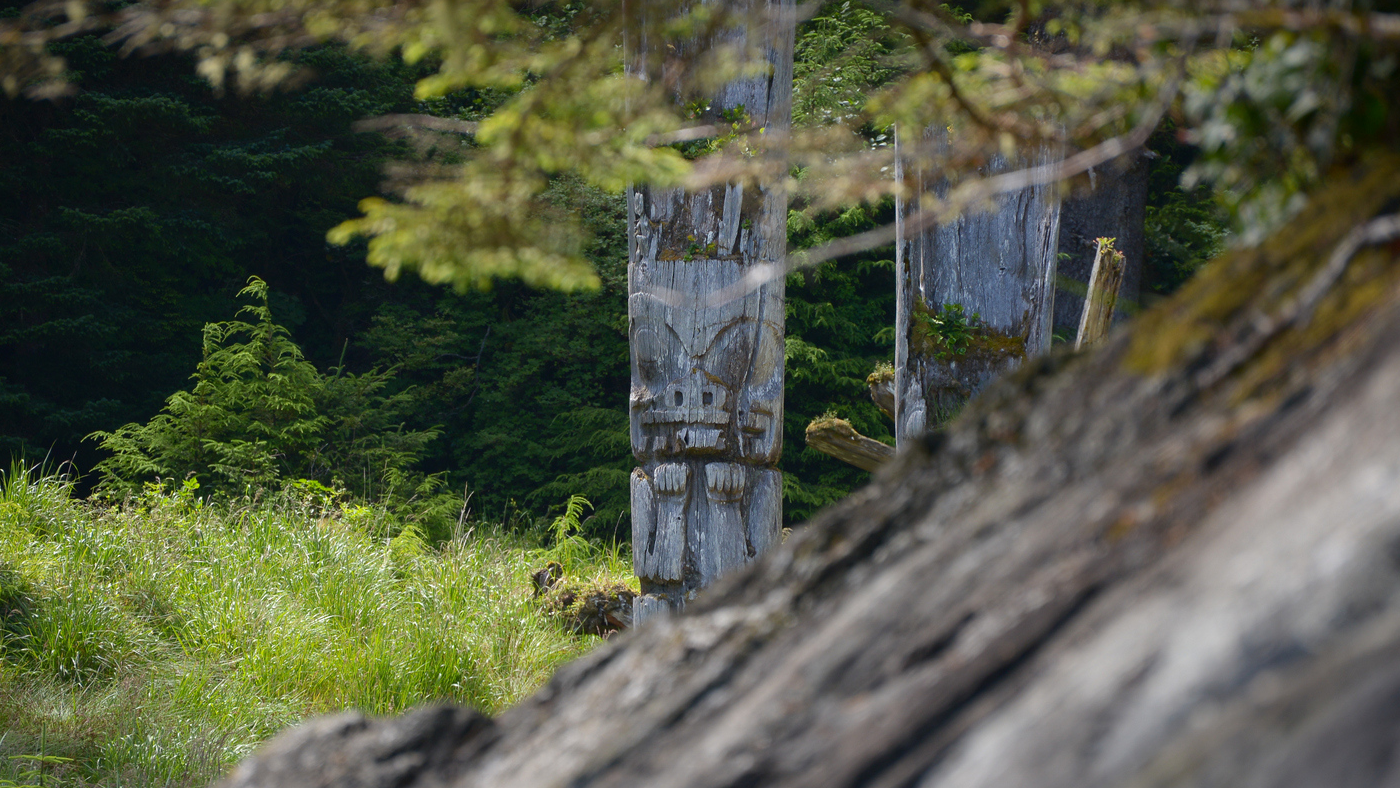
Photo: Jeff Reynolds
Monumental cedar poles at SG̱ang Gwaay, a UNESCO World Heritage Site, stand as storytellers of Haida culture.
If your time in the polar regions included meeting Inuit communities of the Arctic—where traditional knowledge shapes understanding of the sea ice, wildlife, and weather—then Haida Gwaii offers a resonant continuation of that connection between people and place.
Here, on the remote northwest coast of British Columbia, Haida culture is inseparable from the surrounding ocean and forest. At the village of SG̱ang Gwaay, a UNESCO World Heritage Site, you’ll walk among monumental cedar poles softened by time and moss.
Like Arctic cultural landscapes, this is not a story frozen in the past but one that continues to evolve. Haida knowledge holders share songs and stories that reveal a deep continuity—of stewardship, belonging, and respect for the living world.
-
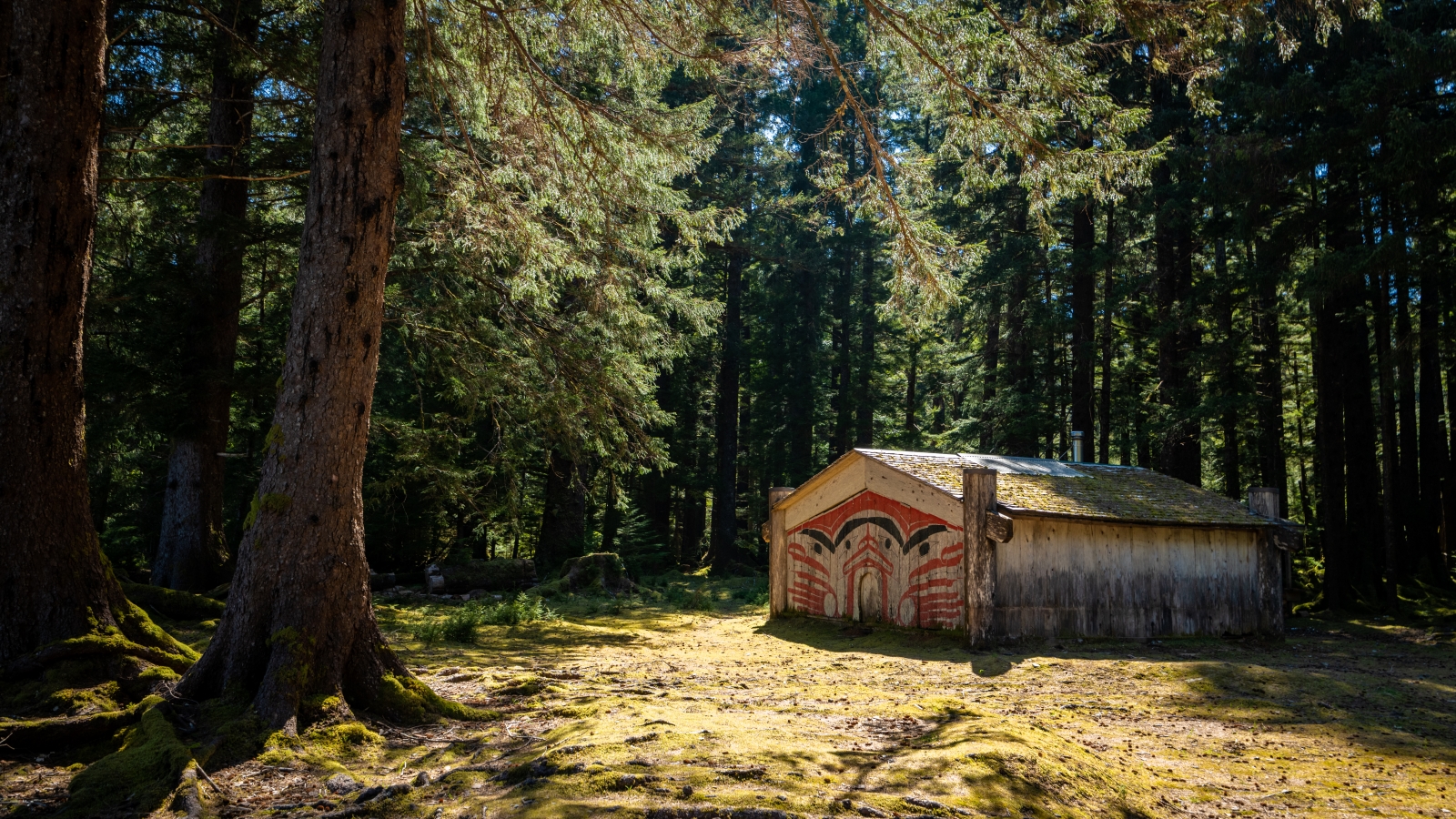
Haida Gwaii
View ItineraryDiscover the rich indigenous culture and natural wonder of Haida Gwaii. 8 to 9 days from the northern town of Masset to the southern reaches of Gwaii Haanas National Park Reserve
For Somewhere Ahead of the Curve
Vancouver Island’s Wild Side (Northwest)
Photo: Phil Stone
Sea otters drift among kelp beds and tidal pools along Vancouver Island’s west coast, offering close-up encounters with wildlife on the continent’s edge.
Those craving an untamed edge after a polar expedition will find it along Vancouver Island’s remote west coast. Puffins roost on windswept islands, black bears turn over rocks for crabs, and whales migrate just offshore.
It’s wild, yes—but also welcoming. Small ships offer access to hidden coves and hot springs, while local experts bring you into the rhythms of the tides and the stories of the land. It’s a reminder that you don’t have to travel to the ends of the Earth to feel away from it all.
-
Vancouver Island’s Wild Side
View ItineraryCruise Vancouver Island’s rugged Northwest, where time is measured by the rise and fall of the tide.
The Thread That Connects Them All
If you’ve experienced a polar expedition, you already understand the allure of small ships and big landscapes—the intimacy of traveling with a handful of guests, and the quiet thrill of watching nature unfold on its own terms. In that sense, a small ship expedition in the Inside Passage will feel instantly familiar. Both kinds of journeys are driven by curiosity, led by expert guides, and shaped by the rhythm of the wild rather than the clock.
What’s different is the texture of the world around you. In the polar regions, the drama lies in ice and emptiness—the vast, austere beauty of a landscape where life clings to the edges. On Canada’s Pacific coast, that same sense of wonder is filtered through green: ancient rainforests dripping with moss, salmon rivers alive with movement, and inlets so still they reflect entire mountains.
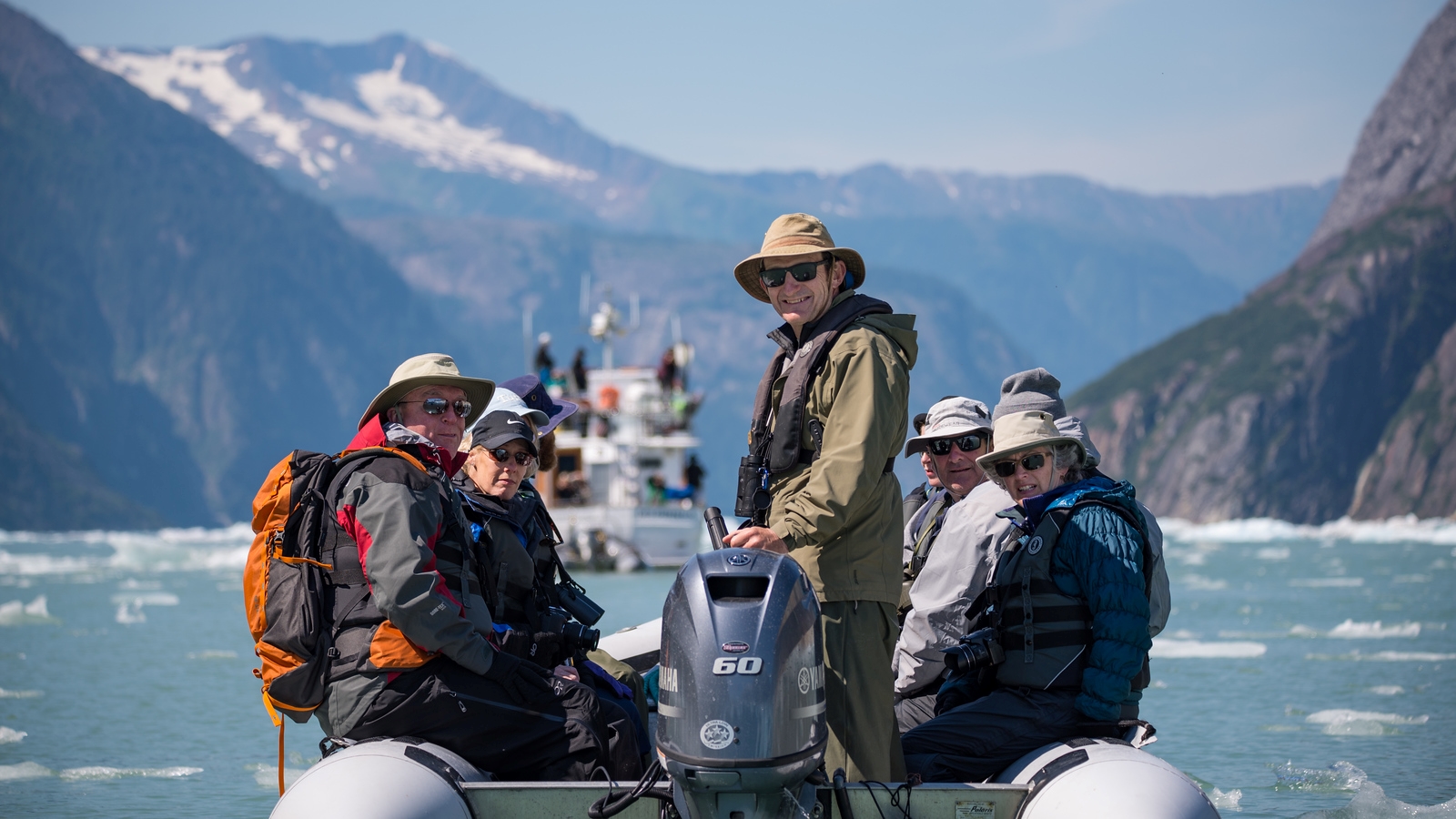
Photo: Jeff Reynolds
Did you know many of our expedition leaders swap Pacific rainforest for polar ice in our off season? They bring the same expert knowledge, attention to detail, and storytelling here that they do in the poles.
While the polar seas reveal nature’s endurance, the coastal wilderness of British Columbia and Alaska reveals its abundance. You’ll trade the crunch of sea ice for the rush of waterfalls, the cries of penguins for the chorus of ravens and whales—but the feeling of being part of something immense and elemental remains the same.
And when the day ends, you’ll raise a glass with your shipmates, not to the ends of the Earth, but to the wild heart of the Pacific Northwest—a frontier every bit as stirring, and much closer to home.
Find an Expedition Ask About a Trip